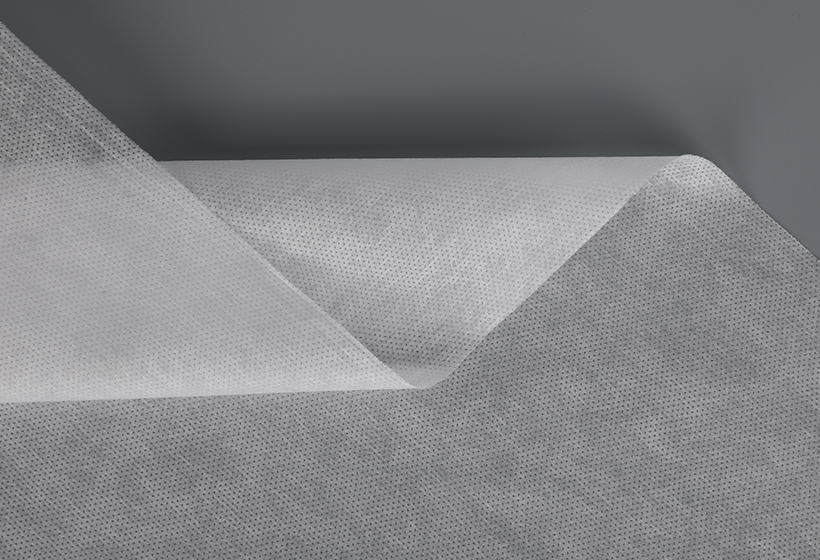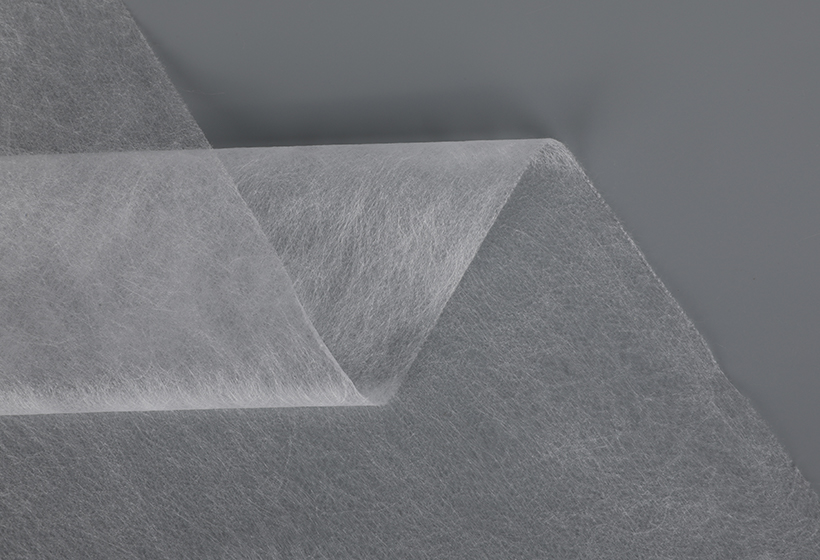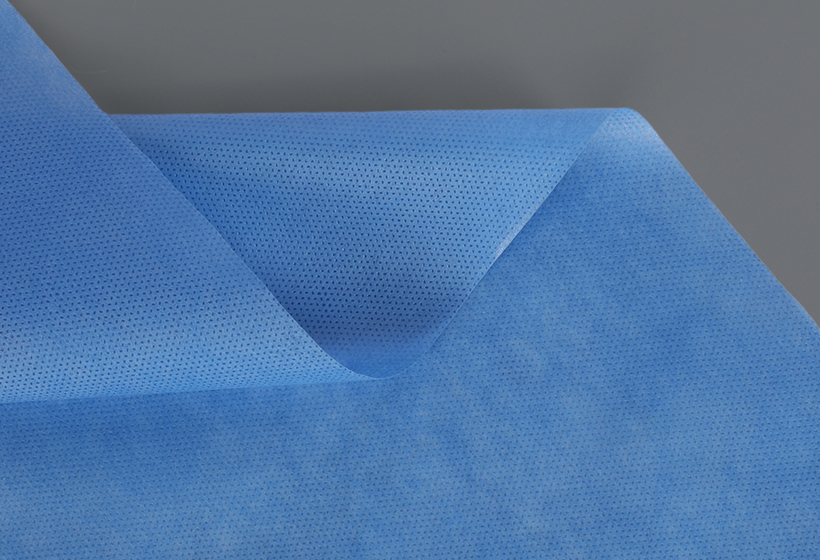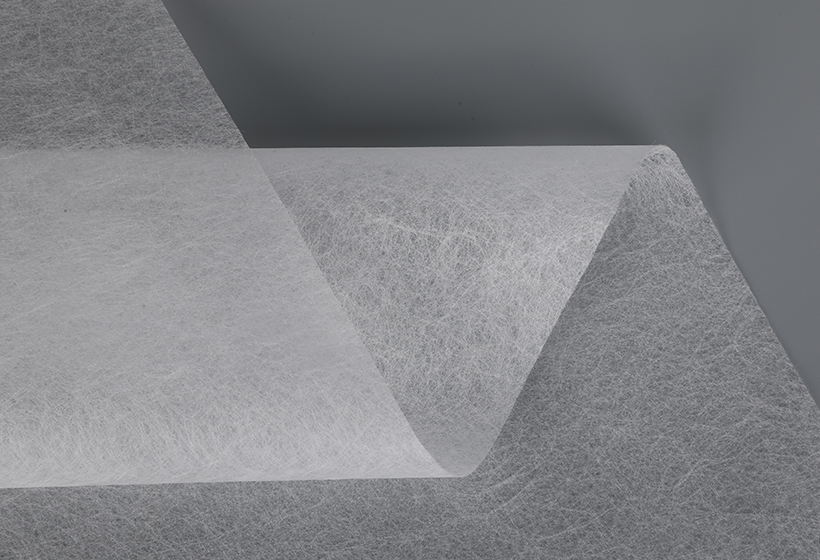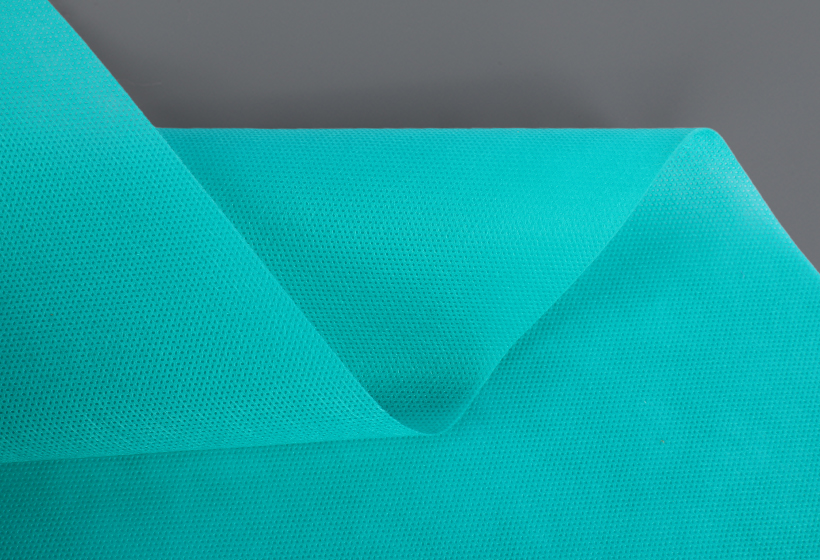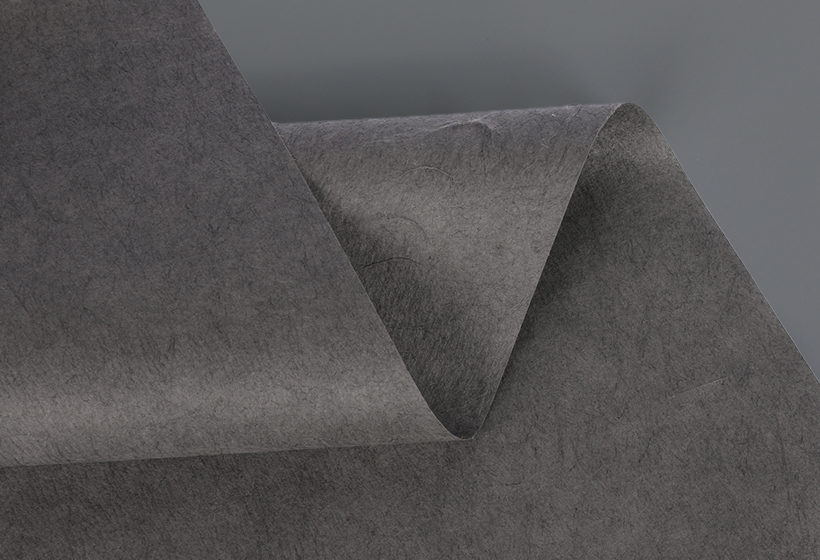SFS (Spunbond, Meltblown, Spunbond) laminated non-woven fabric is a highly innovative material that has gained significant traction in various industries due to its unique combination of properties. It is composed of three distinct layers: two outer layers of spunbond non-woven fabric and an inner layer of meltblown non-woven fabric. This construction imparts specific advantages that make SFS laminated fabric suitable for a wide range of applications, while also presenting benefits compared to traditional laminated fabrics.
Advantages of SFS Laminated Non-Woven Fabric:
1. Enhanced Barrier Protection:
The inclusion of a meltblown layer in the SFS laminated fabric provides exceptional barrier properties. The meltblown layer acts as a highly efficient filtration medium, blocking the passage of small particles, liquids, and pathogens. This makes SFS laminated non-woven fabric ideal for use in applications requiring high levels of protection against airborne contaminants, such as in medical protective apparel, face masks, and air filtration systems.
2. Improved Strength and Durability:
The spunbond layers in SFS laminated fabric contribute to its strength and durability. The spunbond process creates continuous filaments that are strong and resistant to tearing. This makes the fabric robust and capable of withstanding harsh environmental conditions, making it suitable for outdoor applications like geotextiles and construction materials.
3. Softness and Comfort:
Despite its excellent barrier and strength properties, SFS laminated non-woven fabric remains soft and comfortable to wear. The spunbond layers provide a gentle touch against the skin, making it suitable for use in medical gowns, surgical drapes, and other disposable healthcare products where patient comfort is paramount.
4. Lightweight and Breathable:
Compared to traditional laminated fabrics, SFS laminated non-woven fabric is relatively lightweight and breathable. The combination of spunbond and meltblown layers creates a breathable structure, allowing air and moisture vapor to pass through while still maintaining an effective barrier. This breathability makes it comfortable for extended use in various applications, such as hygiene products like diapers and feminine care products.
Emerging Applications of SFS Laminated Non-Woven Fabric:
1. Personal Protective Equipment (PPE):
With the increased demand for high-performance PPE during the COVID-19 pandemic, SFS laminated non-woven fabric found significant use in producing face masks, gowns, and other protective garments. Its ability to provide both filtration efficiency and comfort made it an ideal material for frontline healthcare workers and the general public alike.
2. Automotive and Filtration Industries:
The excellent filtration properties of SFS laminated fabric have led to its adoption in the automotive industry. It is used in cabin air filters, engine air filters, and fuel filtration systems to efficiently trap pollutants and particulate matter. The fabric's durability also makes it suitable for automotive interior applications.
3. Construction and Geotextiles:
SFS laminated non-woven fabric is increasingly used in construction applications such as roofing membranes, house wraps, and geotextiles. Its combination of strength, barrier protection, and breathability makes it an excellent choice for providing weatherproofing and moisture management in building envelopes.
Comparison to Traditional Laminated Fabrics:
1. Performance:
Compared to traditional laminated fabrics, SFS laminated non-woven fabric often provides superior performance, especially in terms of barrier protection and filtration efficiency. The combination of spunbond and meltblown layers enables it to offer a balanced combination of strength, softness, and breathability.
2. Durability:
SFS laminated non-woven fabric tends to exhibit greater durability due to the strength of the spunbond layers. This advantage makes it more suitable for applications requiring prolonged use or exposure to challenging environmental conditions.
3. Sustainability:
SFS laminated non-woven fabric can be designed to be more environmentally friendly. Manufacturers can use recycled materials in the production process, and some versions of SFS laminated fabric are recyclable themselves, contributing to a more sustainable product lifecycle.
In conclusion, SFS laminated non-woven fabric has emerged as a highly versatile and valuable material in various industries, driven by its unique combination of properties. Its enhanced barrier protection, durability, softness, and breathability have enabled its adoption in diverse applications, ranging from PPE and medical products to automotive, construction, and filtration industries. In comparison to traditional laminated fabrics, SFS laminated non-woven fabric exhibits superior performance and sustainability, making it a preferred choice for applications where the balance between protection, comfort, and strength is crucial. As technology continues to advance, we can expect further innovations in SFS laminated fabric development, leading to its expanded use in both existing and new applications.
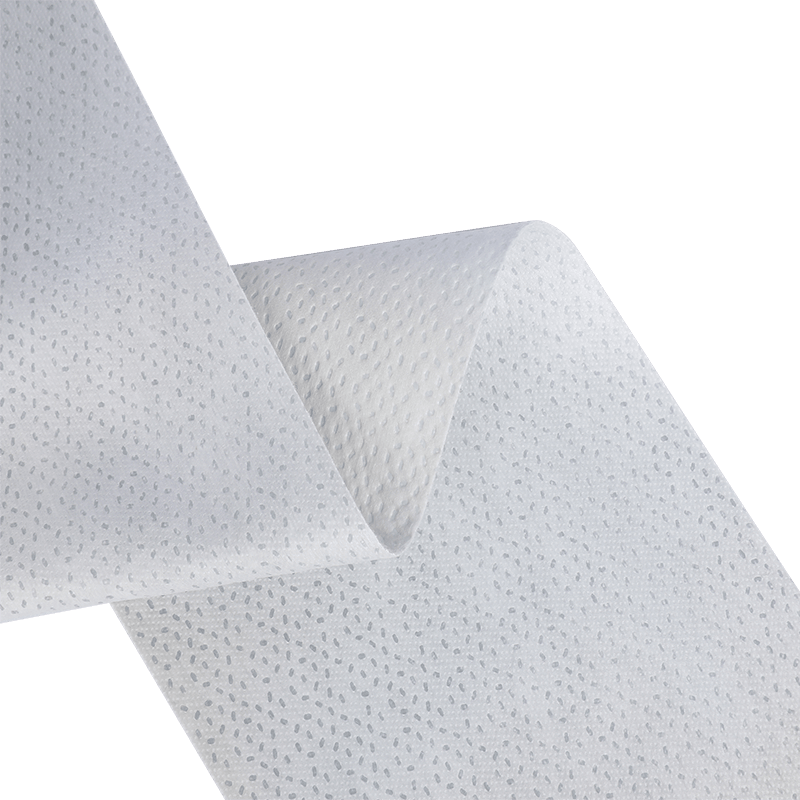

 English
English Español
Español

